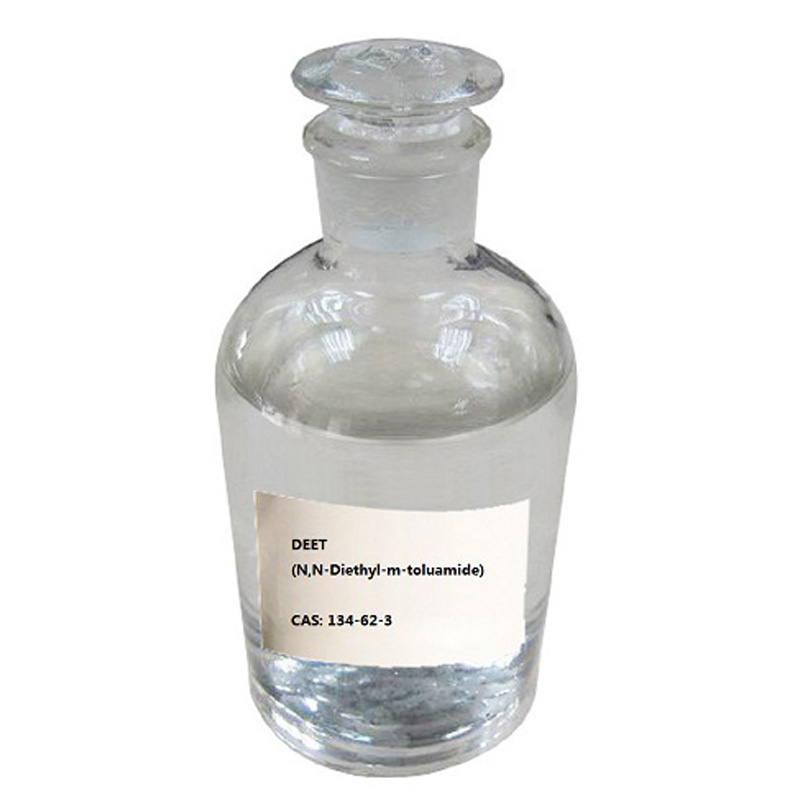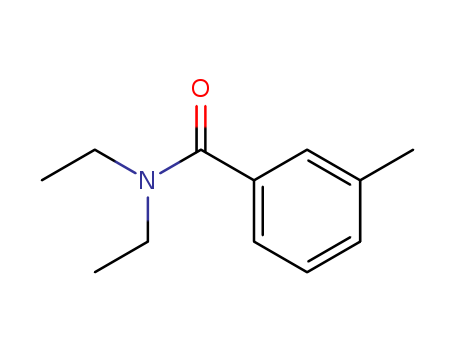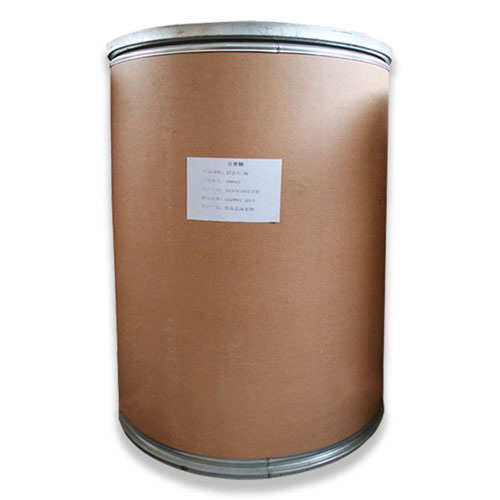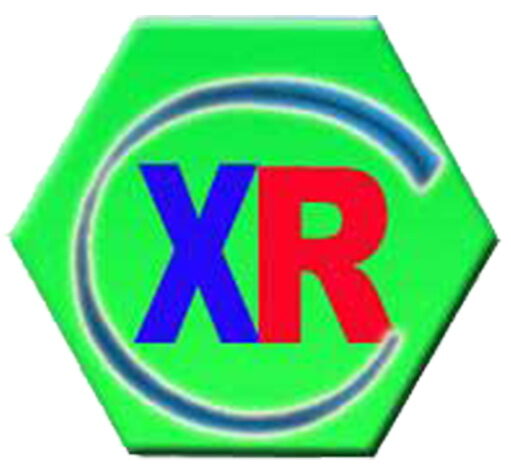Product introduction of DEET(N,N-Diethyl-m-toluamide)
DEET(N, N-Diethyl-m-toluamide) is a Colorless to Amberlike Liquid, density: 0.985 g/cm³. Solubility: 0.0042 g/100 mL in water. Solubility in water is negligible. Can be miscible with ethanol, ether, benzene, propylene glycol and cottonseed oil.

Specifications:

| CAS | 134-62-3 | Name | DEET(N,N-Diethyl-m-toluamide) | EINECS: | 205-149-7 |
| Molecular Formula: | C12H17NO | Molecular Weight: | 191.26900 | Purity | 99%-103% |
Packing:

| SPEC | 25 KG / 100 KG | MFG | XINRU |
| PKG | Drum | QTY |
Application:
It’s a widely used insecticide.
How DEET works: First, understand why mosquitoes are attracted to humans: Female mosquitoes need blood to lay eggs. When the human respiratory system works, it produces carbon dioxide and surface volatiles like lactic acid that help mosquitoes find us. The mosquito is so sensitive to volatiles on the human surface that it can rush directly at its prey from up to 30 meters away. Deet repellents are applied to the skin. It evaporates to form a vapor barrier around the skin. This barrier interferes with the chemical sensors in the mosquito’s antennae that detect volatiles from the human surface. So that people avoid mosquito bites.
When applied to the skin, DEET quickly forms a transparent film that resists friction and sweat compared to other repellents. The results show that the resistance of DEET to sweat, water and friction is better than other repellents. In the case of sweat, water, it is still very effective at repellent mosquitoes. Splashing includes swimming, fishing, and other opportunities that have plenty of contact with water. DEET has a repellent effect on mosquitoes even after a lot of friction. Other repellents lose their repellent effect after half the friction.


